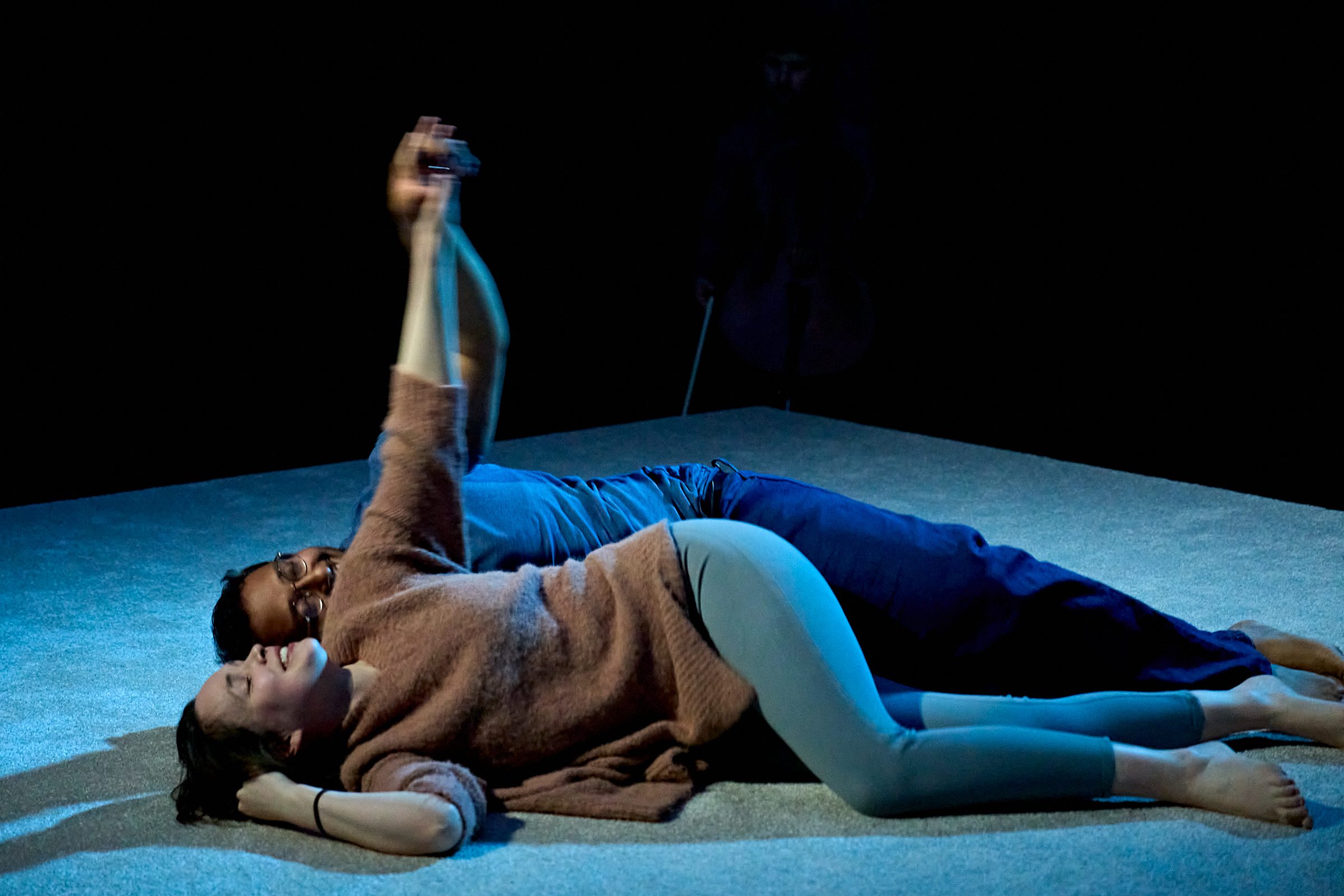Wozzeck (Tour – Oxford)
In the 84 years since its premiere Berg’s tragic opera Wozzeck has proved the one twentieth century opera written using the twelve-tone method to maintain a secure foothold in the repertoire of the major opera houses. Its rich harmonic language, uncompromisingly modern plot (despite having its origins in the writing of an early romantic author) and the demands it places on its performers, both on-stage and in the pit, has always made it something of a controversial piece. Indeed, several people made a hasty exit after only the first scene. However, its themes of madness, social injustice, rape, adultery and murder have been the staple material of opera right from the days of Monteverdi and in this respect Berg’s masterpiece can be seen as an heir to this rich tradition. Welsh National Opera’s performance in the New Theatre on November 5th, a revival of Richard Jones’ production of 2005, tackled all these themes head-on with remarkably good results. Jones transferred the original quasi-military setting to the dehumanising environment of a baked bean factory, where Wozzeck works on the production line, packing the tins into boxes. The set converted between the factory, the doctor’s office, Wozzeck and Maria’s cramped living space and the tavern with extraordinary swiftness, though a couple of times it did feel like the curtain fell rather hastily, almost before the action had finished. Jones emphasised the claustrophobia of the environment and the hopelessness of Wozzeck’s predicament by dressing the workers in prison uniforms, with the arrows or stripes replaced by a comical giant bean. Inevitably, with any change from the original plan of an opera, there will be jarring elements. For example in the first scene, instead of shaving the Captain with a cut-throat razor Wozzeck used an electric one (with associated comic business with the cable), thus an opportunity was missed for using a sharp blade as a framing device for the whole opera (the penultimate scene sees Wozzeck cut his partner’s throat, in this production with the lid of a bean can). Similarly, instead of drowning in the river, Wozzeck sinks into a skip filled with empty bean cans, thus contradicting entirely what the Doctor and Captain are singing about. Otherwise the production was mostly convincing. In almost every scene there was a day-glow orange bin or skip of various sizes that replaced the blood-red moon imagery that haunts the opera.
Sadly both Christopher Purves (Wozzeck) and Sian Meinir (Margret) were unable to perform and their roles were taken by Alexander Ashworth and Helen Greenaway respectively. After a slightly tentative start Ashworth grew into the title role well and gave us a most memorable murder scene at the end. Perhaps he lacked the physical presence that Purves brings to the role but was vocally well in control. Greenway was excellent as the slightly raddled cabaret singer Margret. Graham Clark and Clive Bayley as the Captain and Doctor seemed to have strayed from the set of a Carry On film and thus gavet their characters a comic aspect that only heightened their brutality and contempt for poor mad Wozzeck. Clark’s vocal range was tested to the limit but he sang superbly Hubert Francis, dressed in an absurd golfing outfit, performed well as the Drum Major, Marie’s lover. But the star of the opera was undoubtedly Wioletta Chodowicz who brought out Marie’s different character traits (fickleness, materialism, compassion and even religious thoughtfulness) through singing of wonderful depth and vocal strength. Perhaps the finest musicianship of the evening was that of the orchestra under the baton of Lothar Koenigs. The underlying complex musical structure of the work was laid out with consummate understanding and we were treated to ensemble playing that was tight and well characterised with truly excellent individual solos (praise especially for the bassoon and the viola). Despite the orchestra’s size the balance between stage and pit was well judged and, were you a German speaker, you would have had no need of the surtitles.
This then was a performance that despite taking liberties with staging and setting remained faithful to Berg’s vision and delivered a compelling telling of this strange, fragmentary, unsettling masterpiece.
– Peter McMullin










